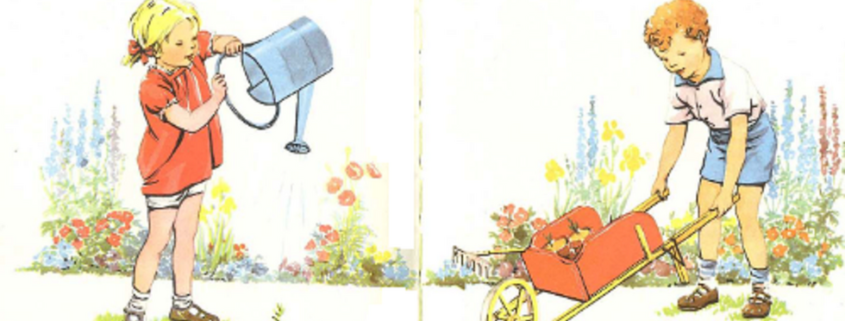Common objections to Plain English #3
OBJECTION #3: Plain English is ‘Janet and John’ writing.
For those of you too young to have met Janet and John (or Peter and Jane, or their US counterparts Dick and Jane), they were the main characters in a series of early reading books for children. The books were extremely popular in schools back in the 1950s and up to the 1970s.
Whether fan or critic, you will agree, I‘m sure, that their dull and simplistic content was never likely to set young pulses racing, as the extract below demonstrates.
____________________________________________________________________________________
See Janet, Mother. This is Father.
See Janet and the can. See John and Father. ____________________________________________________________________________________
So while the books’ authors, Mabel O’Donnell and Rona Munro, may enjoy the kudos of having introduced millions of us to reading, I’m not sure they could be said to have introduced us to the joy of reading.
All of which leads me to why I disagree with Plain English objection #3.
1.Plain English does not make for dull reading. Quite the reverse, in fact. Plain English prefers fresh, sharp vocabulary and active sentences—precisely the opposite of the dull, stodgy, repetitive language used in most business writing. (Sign up for our 10 Top Writing Habits to find out more.)
2. Plain English is not oversimplified writing. There is a difference between oversimplifying something, i.e. describing something as simpler than it really is, and expressing something simply, i.e. in a way that’s easy to understand. The first is misleading; the second, helpful. And Plain English is all about being helpful.
3. For both those reasons, Plain English makes reading if not a joy—there’s nothing it can do about the subject matter 😁—then at least a more enjoyable experience.



